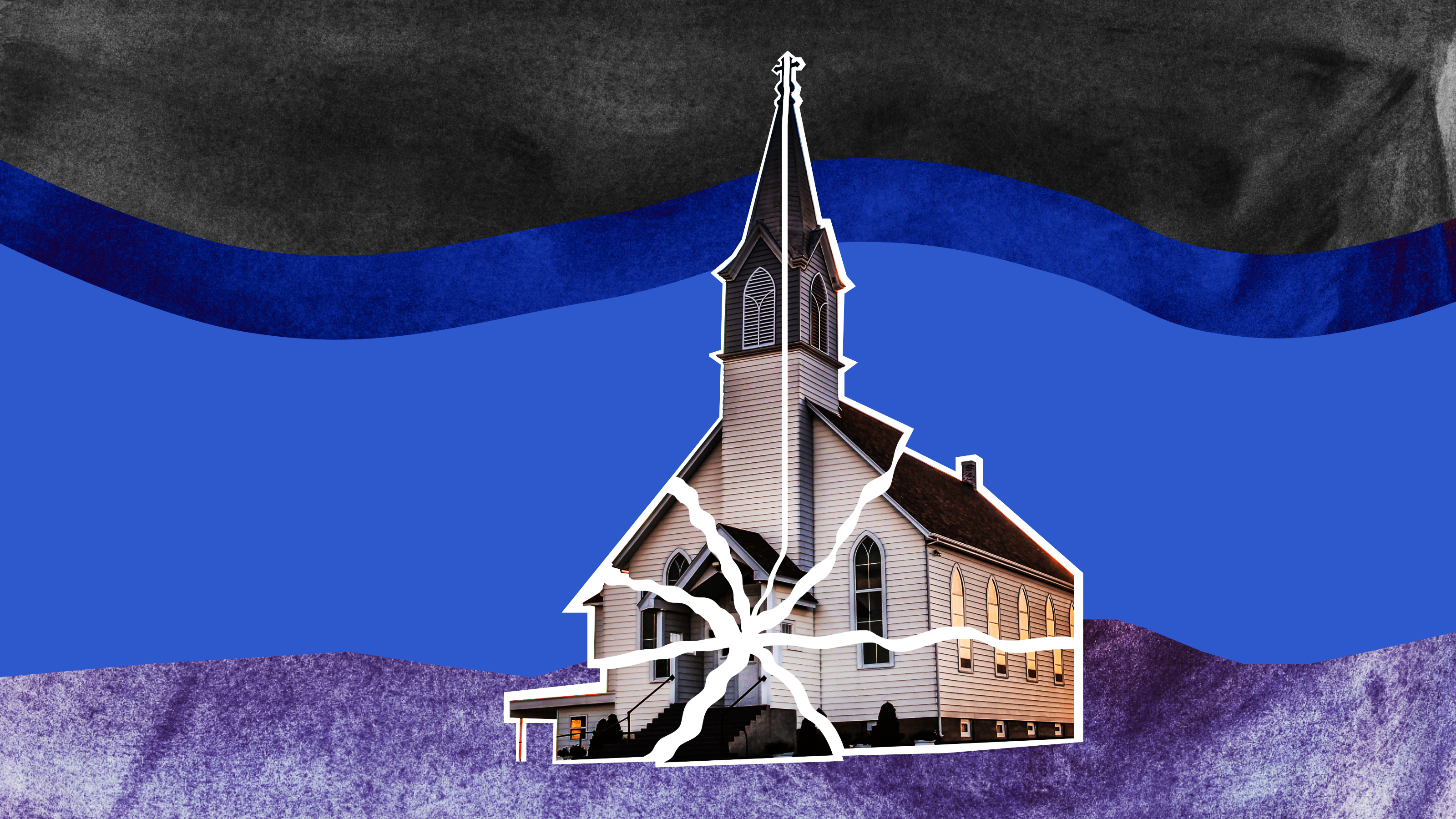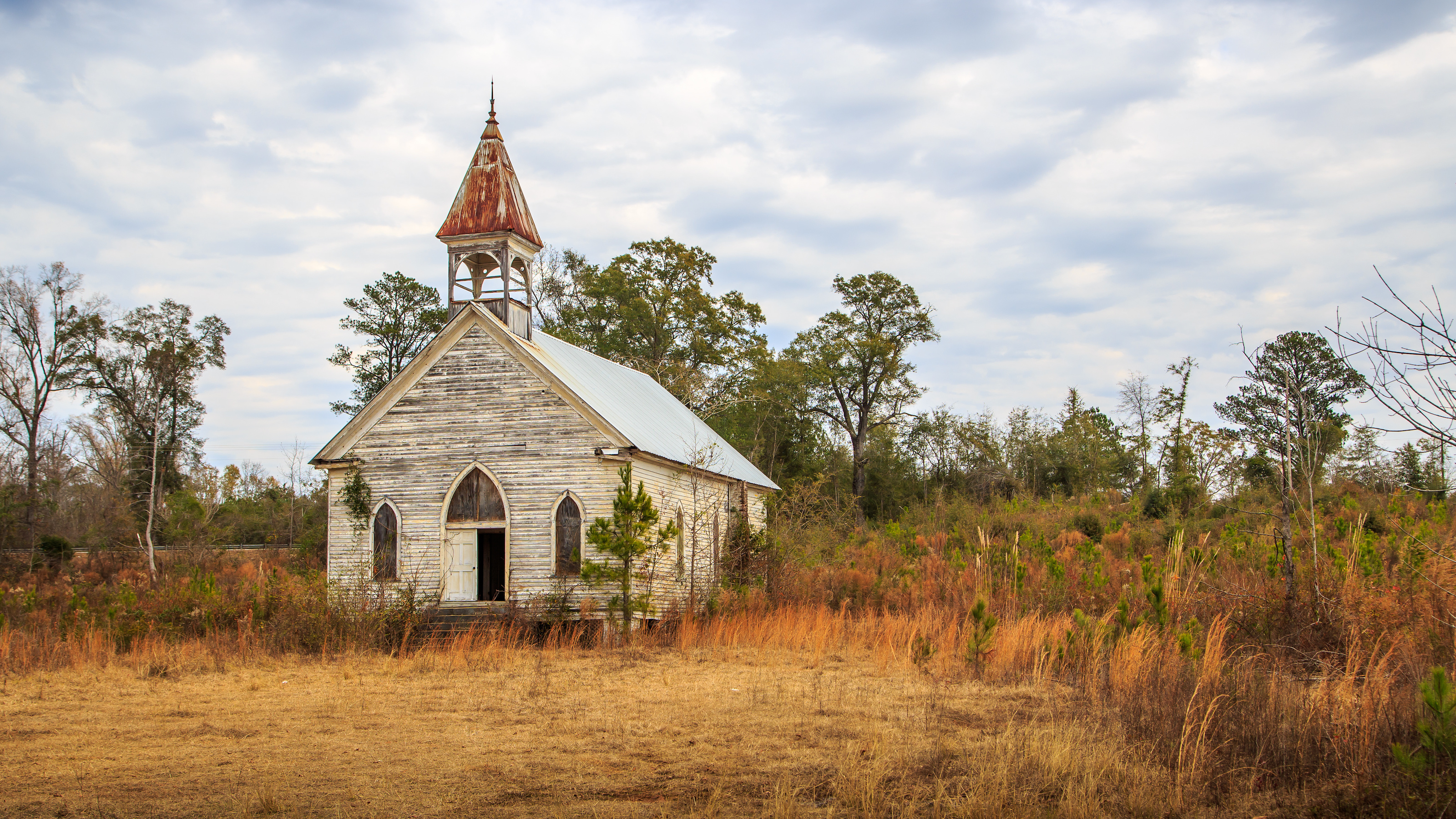America Is Less White and Christian Than Ever. How Is This Changing Us?

In a recent interview with Ezra Klein, Dan Rather reminds listeners that “considering the great sweep of history, America is still a young country. He continues,
Since our very beginning we’ve been engaged in an experiment which had never been tried before. No people in the history of the planet had ever tried to do what America set out to do, and that is to prove that a multi-racial, multi-religious, multi-ethnic society could be united on principle values enough and long enough to rule itself.
Our current interconnectedness, provided by ever-evolving technologies, sometimes distorts our view of just how true Rather’s statement is. Newer generations assume this is how it’s always been, which, while not without its benefits, proves perilous to the historically ignorant. The civil war fomenting right now between those assuming America to be a white, Christian nation and those championing a nation inclusive of all value systems is indicative of this centuries-old struggle.
Landmark researchof 101,000 Americans conducted by the nonpartisan Public Religion Research Institute (PRRI) shows that we’re moving in the right direction—if you’re hopeful about Rather’s observation about inclusion, that is. Nationalists won’t fare as well, which is creating a large part of the problem. You can’t turn history back, but you sure can scream and kick the whole way.
How much of this trend is religious and how much is actually ethnic is up for debate—religion provides convenient cover for xenophobia—but the religious data uncovered by PRRI shows a more multi-dimensional America than ever before.

Just forty years ago 81 percent of Americans identified as white and Christian, the majority (55 percent) Protestant. Today only 43 percent identity of white Christians, 30 percent claiming Protestantism. While evangelical Protestants still lead the charge in home schooling, they’ve dropped to 17 percent of the population, with mainline Protestants at 13 percent and Catholics down five points from 2006 to 11 percent.
The Catholic church is also changing. Whereas 87 percent of Catholics were white twenty-five years ago, today that number is 55 percent. The church is experiencing a generational ethnic shift in America, with 36 percent of Catholics under the age of thirty being white and 52 percent Hispanic.
Religious change is being driven by millennials and the Generation Z (with hopes that a better name is coined for those born in this millennium—iGeneration sounds corporate; Homeland Generation nationalistic; Centennials archaic; and Post-Millennials? Would Millennials prefer Post-Generation Xers?). America’s youngest groups are non-Christian: 42 percent of Muslims, 36 percent of Hindus, and 35 percent of Buddhists are under thirty. The predominant amount of white Christian groups are over fifty.

While the old guard is aging, the religiously unaffiliated is ticking up. Fifty-eight percent consider themselves secular, with 27 percent claiming to be atheistic or agnostic. Sixteen percent state they’re religious while claiming no particular affiliation, another growing trend in a multi-cultural society with so many choices to consider.
Interestingly, 46 percent of the LGBT community is religiously unaffiliated. The total number of Americans claiming no religion in particular is 24 percent, a group that has tripled in size since the early nineties. The younger you are, the more likely you are to not label yourself.
When it comes to education, the three biggest groups of post-graduate degree holders are Unitarian-Universalists (43 percent), Hindus (38 percent), and Jews (34 percent). Researchers note that one-third of Muslims hold a four-year college degree, compared to one-quarter of white evangelical Protestants.
In a nation suffering from a stark political divide, the Democratic party is much less likely to be white and Christian (29 percent) than the Republican party (73 percent). In 2006 half of Democrats identified as white Christians. Thirty-five percent of Republicans are white evangelical Protestants.

The gender divide is interesting to note. Groups such as Mormons, Jews, white Catholics, and Hispanic Protestants are roughly even. Hindus and Muslims are outliers in male dominance, with 66 percent and 59 percent being men, respectively. (Third is the religiously unaffiliated, with 55 percent of men claiming the title.) Women lead the charge as Unitarian-Universalists (64 percent) and Jehovah’s Witnesses (63 percent).
As for income levels, the lowest levels come from racial and ethnic minority Christians, with 43 percent of black Protestants, 45 percent of Hispanic Protestants, and 49 percent of Hispanic Catholics reporting less than $30,000 of household income every year. In contrast, white Christian groups fare better. The economic winners are Jews and Hindus, with 30 percent of the former and a quarter of the latter earning over $100,000 per year. The religiously unaffiliated fall right into national median levels.
The trend toward not having a religious affiliation is growing, though not everywhere. Thirty percent of Australians are unaffiliated according to recent census data. Levels of believers in Western Europe are down. Yet with 94 percent of Thailand and 93 percent of Armenia, Bangladesh, Georgia, and Morocco claiming religious affiliation, the idea that religion is disappearing globally does not hold weight.
In America, these shifting demographics speak volumes. Dan Rather thinks the American experiment is working out well overall, though numerous minority groups would argue with that sentiment. He does express great concern regarding how cultural and ethnic concerns are being handled by the current administration, however. It’s impossible to argue with him on that.
America may be heading toward a new kind of Civil War. This religious data show one aspect of how the teams are being drawn. Beyond belief persists the tribal nationalism that is part of our biological inheritance. If future generations are to inherit something greater, our persistence in fighting for the values and rights of all Americans, as well as those who aspire to become Americans, is necessary. A united planet looks a bit too ambitious right now. Is an open-minded country too much to ask?
—
Derek is the author of Whole Motion: Training Your Brain and Body For Optimal Health. Based in Los Angeles he is working on a new book about spiritual consumerism. Stay in touch on Facebook and Twitter.





